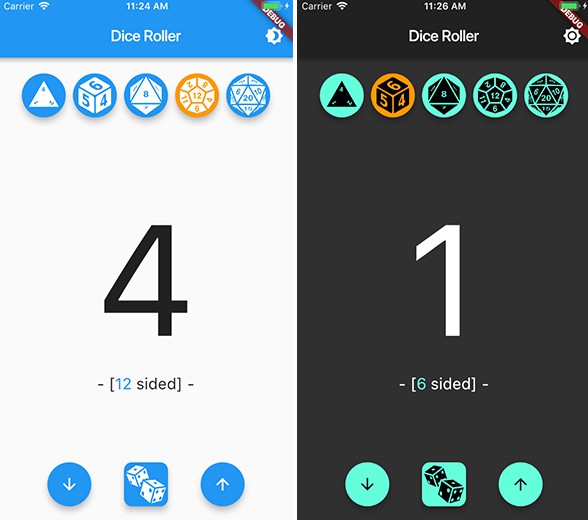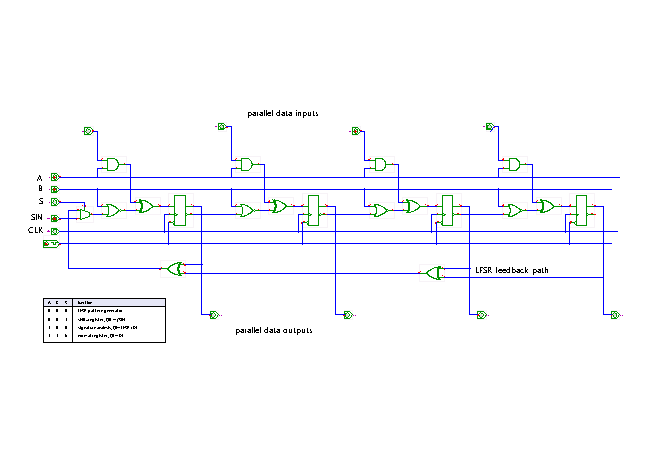

- #Bloc observer flutter update
- #Bloc observer flutter series
The current version of the bloc package (8.x.x.) uses the awful default transformer, which practically nullifies all the advantages of the bloc. They have the tools to trace transactions. 🤔 It's a good idea to try measuring bloc transitions, e.g., with tools like Firebase Performance Monitor and Sentry. It would be a mistake to create separate states for separate specific events.Īlso, states should not contain information about the events. Most BLoCs need 3-4 states, which are usually common for all events.

Since blocs reside in the business logic architectural layer, no bloc should know about any other bloc. Generally, sibling dependencies between two entities in the same architectural layer should be avoided at all costs, as it creates tight coupling, which is hard to maintain. Passing one bloc to the constructor of another would be an error since components of the same level should not be dependent. Using reactive repositories to keep the state synchronized is common in large-scale enterprise applications.
#Bloc observer flutter update
Two blocs can listen to a stream from a repository and update their states independently of each other whenever the repository data changes (e.g., FirebaseAuthentication or Database triggers or Web Sockets).
 You can call repository methods in one bloc, while the second bloc will subscribe to a method or getter that returns the repository stream. You can subscribe to the states of one in the widget and add events to the other based on them (e.g., BlocListener or just subscribe in initState). If one of your blocs needs to depend on the states of another, you have two ways to go about it. it creates a dependency between two blocs. 🤔 Because blocs expose streams, making a bloc that listens to another bloc may be tempting. One observer receives callbacks from all BLoCs at once, which makes it an ideal place to log metrics, catch all errors and send them to Sentry or Crashlytics.Īnd, of course, always rethrow exceptions in the bloc if you don’t know what exactly happens and log it inside BLoC Observer. For example, here is mine, which significantly speeds up development in many ways. No need to write by hand what is perfectly automated. 🤔 The most versatile way to write handlers and BLoC generators is to alternate states with Processing, Error, Success, and Idle.īut this does not mean you cannot practice other approaches, including those in the same BLoC. In practice, a BLoC may have the following private variables: Repositories and StreamSubscribtions Just copy data from one state to another, even if it hasn't changed. The BLoC already has such a variable, and it is called a state. 🤔 Do not add variables to the bloc where you pass data between states. You shouldn't use when because if you change a state or event (add, rename or remove a field), it will affect the whole app, and you will need to rewrite many parts of your program, even if nothing depends on the changed fields. But the usage of when with a bloc is best to be avoided. 🤔 If possible, use the freezed package for events and states, especially its feature with Union and map, maybeMap, and mapOrNull methods. You can consider this a checklist, check your coding style, or pick up new ideas.
You can call repository methods in one bloc, while the second bloc will subscribe to a method or getter that returns the repository stream. You can subscribe to the states of one in the widget and add events to the other based on them (e.g., BlocListener or just subscribe in initState). If one of your blocs needs to depend on the states of another, you have two ways to go about it. it creates a dependency between two blocs. 🤔 Because blocs expose streams, making a bloc that listens to another bloc may be tempting. One observer receives callbacks from all BLoCs at once, which makes it an ideal place to log metrics, catch all errors and send them to Sentry or Crashlytics.Īnd, of course, always rethrow exceptions in the bloc if you don’t know what exactly happens and log it inside BLoC Observer. For example, here is mine, which significantly speeds up development in many ways. No need to write by hand what is perfectly automated. 🤔 The most versatile way to write handlers and BLoC generators is to alternate states with Processing, Error, Success, and Idle.īut this does not mean you cannot practice other approaches, including those in the same BLoC. In practice, a BLoC may have the following private variables: Repositories and StreamSubscribtions Just copy data from one state to another, even if it hasn't changed. The BLoC already has such a variable, and it is called a state. 🤔 Do not add variables to the bloc where you pass data between states. You shouldn't use when because if you change a state or event (add, rename or remove a field), it will affect the whole app, and you will need to rewrite many parts of your program, even if nothing depends on the changed fields. But the usage of when with a bloc is best to be avoided. 🤔 If possible, use the freezed package for events and states, especially its feature with Union and map, maybeMap, and mapOrNull methods. You can consider this a checklist, check your coding style, or pick up new ideas. #Bloc observer flutter series
In the third part of a series of articles about the bloc, we will analyze successful and unsuccessful decisions, typical mistakes, and misconceptions when designing a Business Logic Component.







 0 kommentar(er)
0 kommentar(er)
